Moisture and Mold Prevention in Manufactured Homes
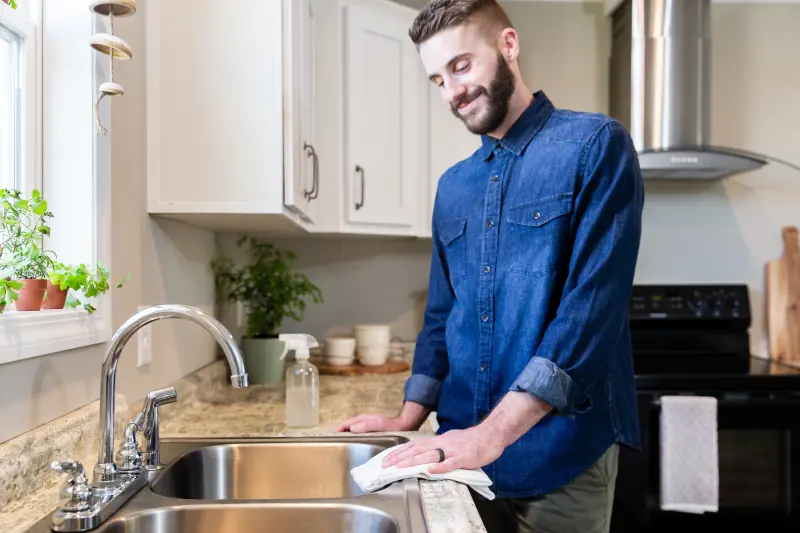
Whether your home is manufactured, modular or site-built, maintaining proper moisture levels is key to keeping it in great shape. Learn these tips to prevent mold and moisture build-up.
To start with, Clayton’s manufactured homes are constructed inside our climate controlled, ISO® 14001:2015 certified building facilities, which means they are not exposed to moisture and other outside elements that could cause damage to the home’s materials.
Manufactured homes are also built to HUD code, a set of federal standards for construction, durability and safety. The Manufactured Housing Institute reports, “The construction standards for manufactured housing across the country are subject to robust compliance and quality assurance regulations, sometimes more stringent than those for traditional site-built homes.”
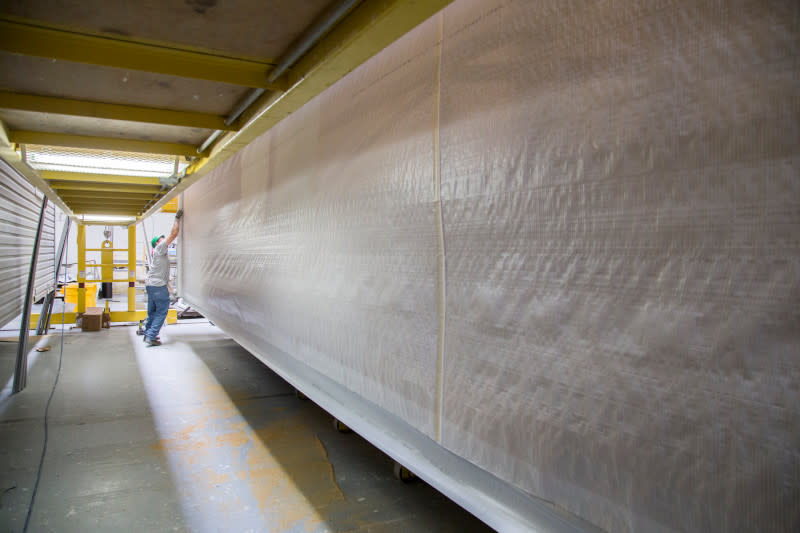
At Clayton, we use also quality home building materials, such as:
- Lux® low-E, insulated-vinyl windows that are more resistant to heat loss and condensation
- Pex plumbing that is non-corrosive and high-heat resistant to help prevent pipe bursts and leaks
- Trusted brands like ecobee smart thermostats, Carrier SmartComfort® HVAC units, Pfister® faucets and Rheem® water heaters
- Luxury vinyl planks as a flooring option in some home models for greater water resistance, especially in areas like bathrooms and kitchens
Our construction methods also include window and door flashing tape, a thermal and moisture envelope, foam tape around the exterior edge of the home and sealed duct work, all to help prevent moisture and air from entering your home.
Once your new home is set up and you move in, you will also need to take care of routine home maintenance and potentially adjust the temperature you set your thermostat in order to lower your chances of trapping too much moisture in your new home.

Condensation & Humidity Control
Proper humidity control is important for your health and comfort, as well as for maintaining your home and your belongings. For instance, using your air conditioner during the summer will both cool your home and dehumidify the air inside, which helps you maintain proper humidity levels. The U.S. Department of Housing and Urban Development recommends, “If possible, keep humidity in your house below 50% by using an air conditioner or dehumidifier.”
Set your thermostat to a level that lets your air conditioner run for longer periods of time instead of stopping and starting regularly during the hour. Longer running times will condition your air by pulling excess humidity from it.
Signs of excess moisture in your home include musty odors, wall and ceiling discoloration, sweating pipes, swelling floors, peeling and cracking paint, and condensation on windows. Excess moisture can lead to mildew, mold and material damage, which is not good for your home or health, so we’ve put together a few tips to help you prevent it.
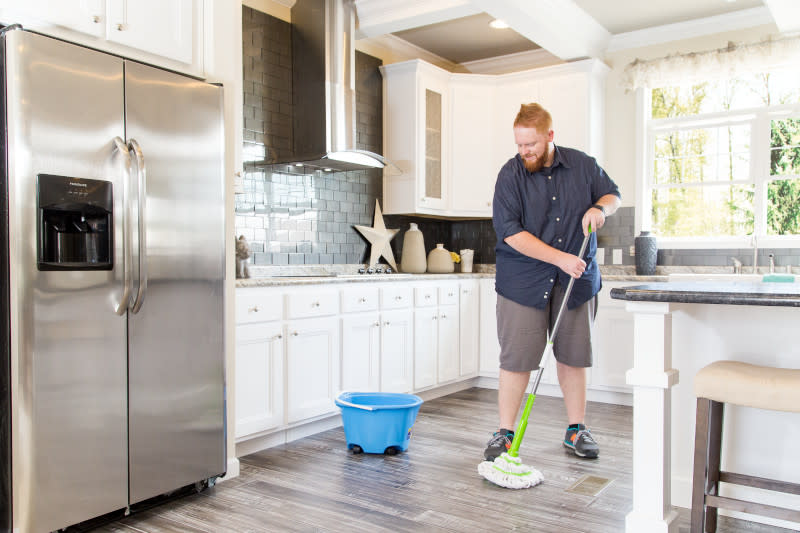
Tips to Prevent Moisture Inside Your Home
Controlling the amount of moisture in your home is essential to preventing mold and mildew due to condensation and moisture. Ways to decrease condensation include:
- Cleaning up any leaks or spills as soon as possible
- Having any leaks repaired immediately
- Using a dehumidifier to reduce humidity in your home
- Using exhaust fans when cooking, bathing or running the dishwasher
- Making sure the dryer is properly vented to the outside of the home
- Opening a window or a door when possible to remove stale air and excess humidity
- Cleaning and repairing roof gutters regularly
- Maintaining caulking properly
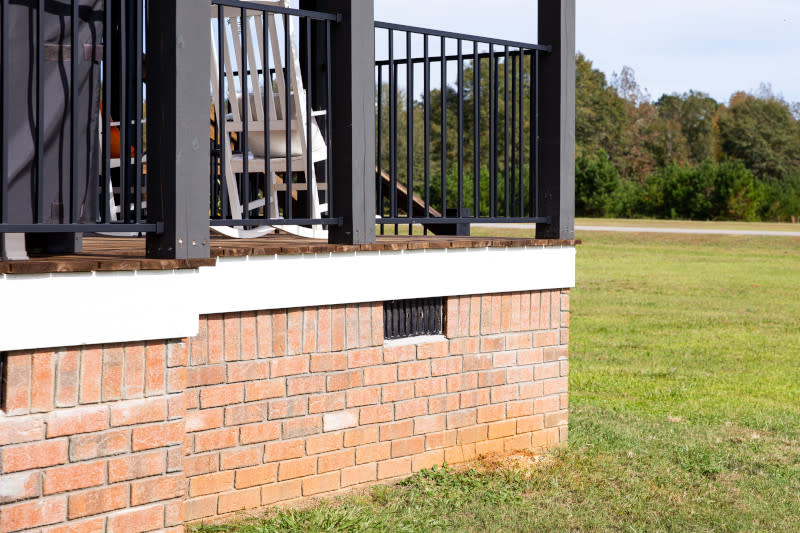
Checking Underneath Your Home
An accumulation of moisture under your home can also cause condensation problems inside. When your home is being skirted, provide adequate ventilation by having the required number of vents on each side of your home. The ventilation openings in your skirting should be at least on two opposite sides of your home’s foundation. You can find more information about proper ventilation in your homeowner’s manual.
You’ll also want to make sure to regularly inspect your home, including the condition of your vapor barrier, also called a vapor retarder, on the ground underneath your home. Part of the HUD code includes thermal protection standards for a manufactured home, especially if it’s located in a humid or fringe climate zone. Homes in a humid or fringe zone must meet certain vapor retardant conditions to help prevent excess moisture from entering the home.
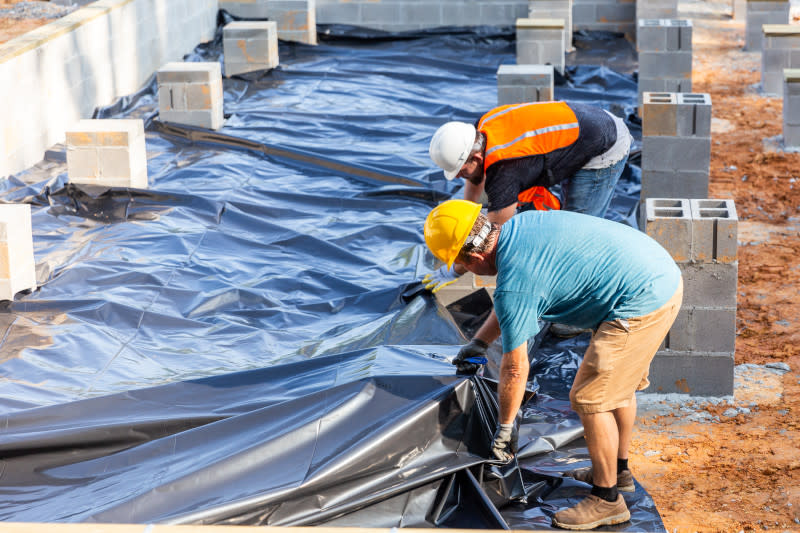
Checking that your vapor barrier is intact will help you regulate your home’s moisture levels. You’ll also want to check that the area under your home is dry and there is no standing water under it. We recommend checking the whole underside of your home at least twice a year.
We also recommend adding skirting around your home, which has many benefits, including helping ventilate your home and insulating it from excessive heat loss in the colder months. It also helps prevent animals from getting underneath and causing damage. In addition, we suggest you do not store items underneath your home because it could cause issues with or damage to your pipes.
Cleaning Up Mildew or Mold
If you do find mold or mildew in your home, we recommend removing the source and checking all areas of your home to make sure that your plumbing is intact. If you are concerned about your health, check with a professional before proceeding to clean the mold or mildew. The Center for Disease Control and Prevention has some helpful tips on cleaning up mold in your home if this does occur.
For more resources on how to maintain your home, check out the Homeownership section of our Studio blog. From fire prevention and countertop care to pet-proofing your home and organizing and decorating, we’re here to help.
ISO is the registered trademark of the International Organization for Standards.
Trademarks of companies other than Clayton Homes are the property of those other companies
Are you ready to find your dream home?
Start shopping now or find a home center in your area to learn more about Clayton Built® home options.By entering your email address, you agree to receive marketing emails from Clayton. Unsubscribe anytime.
© 1998-2025 Clayton.




